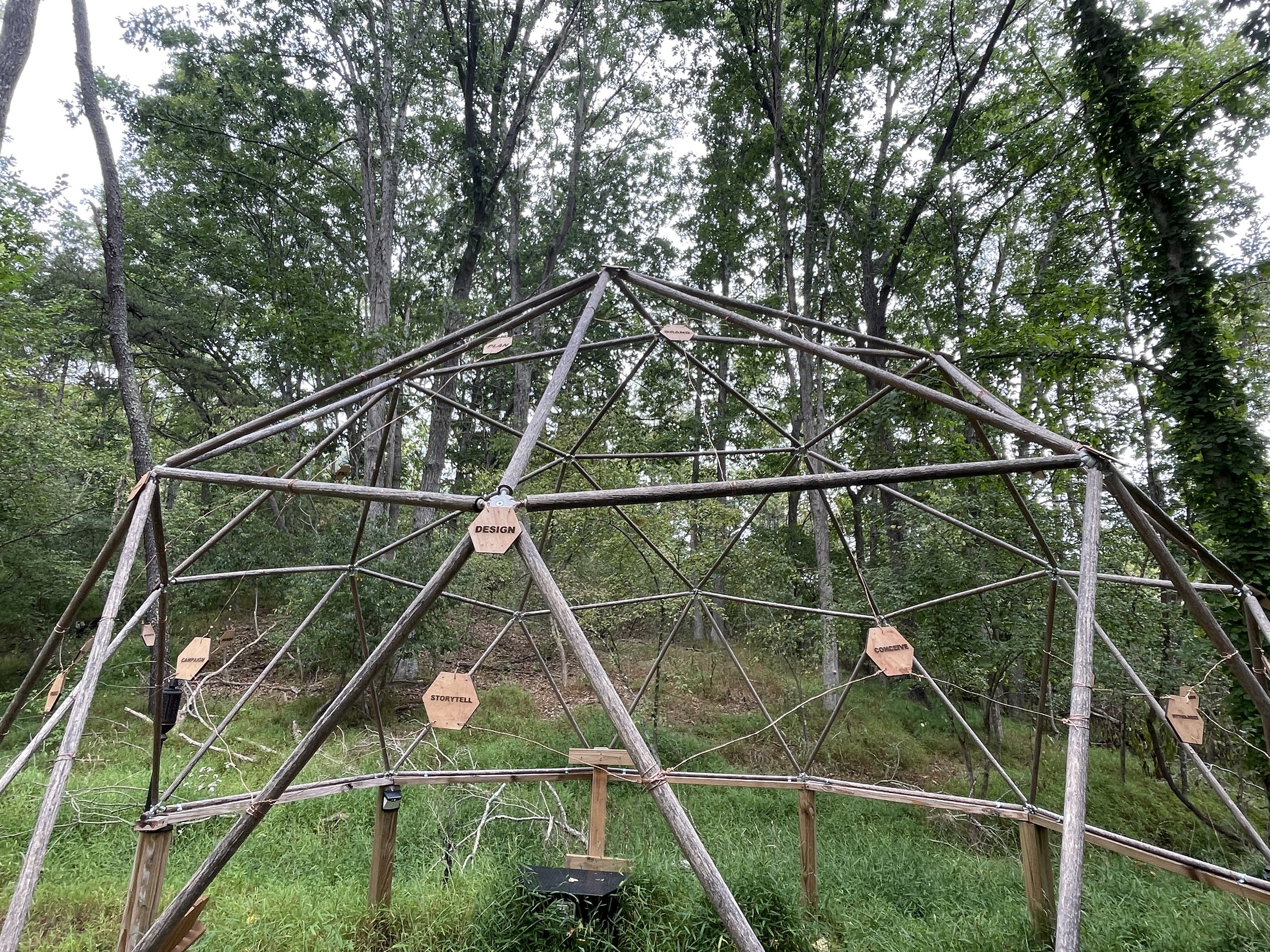Strategy - using relationships to organize projects
The strategy architecture is based on a geodesic structure. The nodes establish the coordinate system for the projects that create the future.
This coordinate system allows the organization to map out a coherent set of projects and milestones over time and visualize how they fit together to generate value through an integrated, multi-faceted approach. The interconnected dome framework depicts the various workstreams as part of a unified whole rather than isolated efforts.
By plotting projects in this manner, the framework helps align initiatives, identify key deliverables and dependencies, and provide a high-level roadmap of the plan to create value over a multi-year time horizon. The visual representation enables strategic planning and coordination of many moving pieces.
This is the Dome of Dreams. I use this geodesic structure to organize the relationships between people and projects.
This lists all of the projects in Project Honeylight that create value for the world and their cross-functional relationships using the coordinate naming standard.
This is the Dome of Dreams I built in West Virginia. I bought this land in 1985 with money I made mowing lawns. I did this to prove that business systems convert potential money into kinetic money and follow the laws of thermodynamics.
The strategic map below was updated on: December 8, 2024
I planned this eco-project in 1985. It’s nice to catch up to the future.
Long Game Framework: Overview of a methodology for creating the future







